Cover
Contents
Preface
Acknowledgments
Notation
Dedication
1 Introduction
What Machine Learning is About
Classification
Regression
Structure and a Road Map of the Book
References
2 Probability and Stochastic Processes
Introduction����������������������������������������������������
Probability and Random Variables����������������������������������������������������������������������������������������������������������������
Probability�������������������������������������������������
Relative frequency definition
Axiomatic definition
Discrete Random Variables�������������������������������������������������������������������������������������������
Joint and conditional probabilities
Bayes theorem
Continuous Random Variables�������������������������������������������������������������������������������������������������
Mean and Variance�������������������������������������������������������������������
Complex random variables
Transformation of Random Variables����������������������������������������������������������������������������������������������������������������������
Examples of Distributions�������������������������������������������������������������������������������������������
Discrete Variables����������������������������������������������������������������������
The Bernoulli distribution
The Binomial distribution
The Multinomial distribution
Continuous Variables����������������������������������������������������������������������������
The uniform distribution
The Gaussian distribution
The central limit theorem
The exponential distribution
The beta distribution
The gamma distribution
The Dirichlet distribution
Stochastic Processes����������������������������������������������������������������������������
First and Second Order Statistics�������������������������������������������������������������������������������������������������������������������
Stationarity and Ergodicity�������������������������������������������������������������������������������������������������
Power Spectral Density����������������������������������������������������������������������������������
Properties of the autocorrelation sequence
Power spectral density
Transmission through a linear system
Physical interpretation of the PSD
Autoregressive Models�������������������������������������������������������������������������������
Information Theory����������������������������������������������������������������������
Discrete Random Variables�������������������������������������������������������������������������������������������
Information
Mutual and conditional information
Entropy and average mutual information
Continuous Random Variables�������������������������������������������������������������������������������������������������
Average mutual information and conditional information
Relative entropy or Kullback-Leibler divergence
Stochastic Convergence����������������������������������������������������������������������������������
Convergence everywhere
Convergence almost everywhere
Convergence in the mean-square sense
Convergence in probability
Convergence in distribution
Problems
References
3 Learning in Parametric Modeling
3.1 Introduction
3.2 Parameter Estimation: The Deterministic Point of View
3.3 Linear Regression
3.4 Classification
Generative versus discriminative learning
Supervised, semisupervised, and unsupervised learning
3.5 Biased Versus Unbiased Estimation
3.5.1 Biased or Unbiased Estimation?
3.6 The Cramér-Rao Lower Bound
3.7 Sufficient Statistic
3.8 Regularization
Inverse problems: Ill-conditioning and overfitting
3.9 The Bias-Variance Dilemma
3.9.1 Mean-Square Error Estimation
3.9.2 Bias-Variance Tradeoff
3.10 Maximum Likelihood Method
3.10.1 Linear Regression: The Nonwhite Gaussian Noise Case
3.11 Bayesian Inference
3.11.1 The Maximum A Posteriori Probability Estimation Method
3.12 Curse of Dimensionality
3.13 Validation
Cross-validation
3.14 Expected and Empirical Loss Functions
3.15 Nonparametric Modeling and Estimation
Problems
References
4 Mean-Square Error Linear Estimation
Introduction
Mean-Square Error Linear Estimation: The Normal Equations
The Cost Function Surface
A Geometric Viewpoint: Orthogonality Condition
Extension to Complex-Valued Variables
Widely Linear Complex-Valued Estimation
Circularity conditions
Optimizing with Respect to Complex-Valued Variables: Wirtinger Calculus
Linear Filtering
MSE Linear Filtering: A Frequency Domain Point of View
Deconvolution: image deblurring
Some Typical Applications
Interference Cancellation
System Identification
Deconvolution: Channel Equalization
Algorithmic Aspects
Forward and backward MSE optimal predictors
The Lattice-Ladder Scheme
Orthogonality of the optimal backward errors
Mean-Square Error Estimation of Linear Models
The Gauss-Markov Theorem
Constrained Linear Estimation: The Beamforming Case
Time-Varying Statistics: Kalman Filtering
Problems
MATLAB Exercises
References
5 Stochastic Gradient Descent: the lms Algorithm and its Family
Introduction
The Steepest Descent Method
Application to the Mean-Square Error Cost Function
Time-varying step-sizes
The Complex-Valued Case
Stochastic Approximation
Application to the MSE linear estimation
The Least-Mean-Squares Adaptive Algorithm
Convergence and Steady-State Performance of the LMS in Stationary Environments
Convergence of the parameter error vector
Cumulative Loss Bounds
The Affine Projection Algorithm
Geometric interpretation of APA
Orthogonal projections
The Normalized LMS
The Complex-Valued Case
The widely linear LMS
The widely linear APA
Relatives of the LMS
The sign-error LMS
The least-mean-fourth (LMF) algorithm
Transform-domain LMS
Simulation Examples
Adaptive Decision Feedback Equalization
The Linearly Constrained LMS
Tracking Performance of the LMS in Nonstationary Environments
Distributed Learning: The Distributed LMS
Cooperation Strategies
Centralized networks
Decentralized networks
The Diffusion LMS
Convergence and Steady-State Performance: Some Highlights
Consensus-Based Distributed Schemes
A Case Study: Target Localization
Some Concluding Remarks: Consensus Matrix
Problems
MATLAB Exercises
References
6 The Least-Squares Family
Introduction
Least-Squares Linear Regression: A Geometric Perspective
Statistical Properties of the LS Estimator
The LS estimator is unbiased
Covariance matrix of the LS estimator
The LS estimator is BLUE in the presence of white noise
The LS estimator achieves the Cramér-Rao bound for white Gaussian noise
Asymptotic distribution of the LS estimator
Orthogonalizing the Column Space of X: The SVD Method
Pseudo-inverse matrix and SVD
Ridge Regression
Principal components regression
The Recursive Least-Squares Algorithm
Time-iterative computations of ɸn, pn
Time updating of θn
Newton's Iterative Minimization Method
RLS and Newton's Method
Steady-State Performance of the RLS
Complex-Valued Data: The Widely Linear RLS
Computational Aspects of the LS Solution
Cholesky factorization
QR factorization
Fast RLS versions
The Coordinate and Cyclic Coordinate Descent Methods
Simulation Examples
Total-Least-Squares
Geometric interpretation of the total-least-squares method
Problems
MATLAB Exercises
References
7 Classification: A Tour of the Classics
Introduction
Bayesian Classification
The Bayesian classifier minimizes the misclassification error
Average Risk
Decision (Hyper)Surfaces
The Gaussian Distribution Case
Minimum distance classifiers
The Naive Bayes Classifier
The Nearest Neighbor Rule
Logistic Regression
Fisher's Linear Discriminant
Classification Trees
Combining Classifiers
Experimental comparisons
Schemes for combining classifiers
The Boosting Approach
The AdaBoost algorithm
The log-loss function
Boosting Trees
Case Study: Protein Folding Prediction
Protein folding prediction as a classification task
Classification of folding prediction via decision trees
Problems
MATLAB Exercises
References
8 Parameter Learning: A Convex Analytic Path
Introduction
Convex Sets and Functions
Convex Sets
Convex Functions
Projections onto Convex Sets
Properties of Projections
Fundamental Theorem of Projections onto Convex Sets
A Parallel Version of POCS
From Convex Sets to Parameter Estimation and Machine Learning
Regression
Classification
Infinite Many Closed Convex Sets: The Online Learning Case
Convergence of APSM
Some practical hints
Constrained Learning
The Distributed APSM
Optimizing Nonsmooth Convex Cost Functions
Subgradients and Subdifferentials
Minimizing Nonsmooth Continuous Convex Loss Functions: The BatchLearning Case
The subgradient method
The generic projected subgradient scheme
The projected gradient method (PGM)
Projected subgradient method
Online Learning for Convex Optimization
The PEGASOS algorithm
Regret Analysis
Regret analysis of the subgradient algorithm
Online Learning and Big Data Applications: A Discussion
Approximation, estimation and optimization errors
Batch versus online learning
Proximal Operators
Properties of the Proximal Operator
Proximal Minimization
Resolvent of the subdifferential mapping
Proximal Splitting Methods for Optimization
The proximal forward-backward splitting operator
Alternating direction method of multipliers (ADMM)
Mirror descent algorithms
Problems
MATLAB Exercises
Appendix to Chapter 8
References
9 Sparsity-Aware Learning: Concepts andTheoretical Foundations
Introduction
Searching for a Norm
The Least Absolute Shrinkage and Selection Operator (LASSO)
Sparse Signal Representation
In Search of the Sparsest Solution
The Ɩ2 norm minimizer
The l0 norm minimizer
The l1 norm minimizer
Characterization of the l1 norm minimizer
Geometric interpretation
Uniqueness of the l0 Minimizer
Mutual Coherence
Equivalence of l0 and l1 Minimizers: Sufficiency Conditions
Condition Implied by the Mutual Coherence Number
The Restricted Isometry Property (RIP)
Constructing matrices that obey the RIP of order k
Robust Sparse Signal Recovery from Noisy Measurements
Compressed Sensing: The Glory of Randomness
Compressed sensing
Dimensionality Reduction and Stable Embeddings
Sub-Nyquist Sampling: Analog-to-Information Conversion
A Case Study: Image De-Noising
Problems
MATLAB Exercises
References
10 Sparsity-aware Learning: Algorithms and Applications
Introduction
Sparsity-Promoting Algorithms
Greedy Algorithms
OMP can recover optimal sparse solutions: sufficiency condition
The LARS algorithm
Compressed sensing matching pursuit (CSMP) algorithms
Iterative Shrinkage/Thresholding (IST) Algorithms
Which Algorithm?: Some Practical Hints
Variations on the Sparsity-Aware Theme
Online Sparsity-Promoting Algorithms
LASSO: Asymptotic Performance
The Adaptive Norm-Weighted LASSO
Adaptive CoSaMP (AdCoSaMP) Algorithm
Sparse Adaptive Projection Subgradient Method (SpAPSM)
Projection onto the weighted l1 ball
Learning Sparse Analysis Models
Compressed Sensing for Sparse Signal Representation in Coherent Dictionaries
Cosparsity
A Case Study: Time-Frequency Analysis
Gabor transform and frames
Time-frequency resolution
Gabor frames
Time-frequency analysis of echolocation signals emitted by bats
Appendix to Chapter 10: Some Hints from the Theory of Frames
Problems
MATLAB Exercises
References
11 Learning in Reproducing Kernel Hilbert Spaces
11.1 Introduction
11.2 Generalized Linear Models
11.3 Volterra, Wiener, and Hammerstein Models
11.4 Cover's Theorem: Capacity of a Space in Linear Dichotomies
11.5 Reproducing Kernel Hilbert Spaces
11.5.1 Some Properties and Theoretical Highlights
11.5.2 Examples of Kernel Functions
Constructing kernels
String kernels
11.6 Representer Theorem
11.6.1 Semiparametric Representer Theorem
11.6.2 Nonparametric Modeling: A Discussion
11.7 Kernel Ridge Regression
11.8 Support Vector Regression
11.8.1 The Linear ε-Insensitive Optimal Regression
The solution
Solving the optimization task
11.9 Kernel Ridge Regression Revisited
11.10 Optimal Margin Classification: Support Vector Machines
11.10.1 Linearly Separable Classes: Maximum Margin Classifiers
The solution
The optimization task
11.10.2 Nonseparable Classes
The solution
The optimization task
11.10.3 Performance of SVMs and Applications
11.10.4 Choice of Hyperparameters
11.11 Computational Considerations
11.11.1 Multiclass Generalizations
11.12 Online Learning in RKHS
11.12.1 The Kernel LMS (KLMS)
11.12.2 The Naive Online Rreg Minimization Algorithm (NORMA)
Classification: the hinge loss function
Regression: the linear ε-insensitive loss function
Error bounds and convergence performance
11.12.3 The Kernel APSM Algorithm
Regression
Classification
11.13 Multiple Kernel Learning
11.14 Nonparametric Sparsity-Aware Learning: Additive Models
11.15 A Case Study: Authorship Identification
Problems
MATLAB Exercises
References
12 Bayesian Learning: Inference and the EM Algorithm
Introduction
Regression: A Bayesian Perspective
The Maximum Likelihood Estimator
The MAP Estimator
The Bayesian Approach
The Evidence Function and Occam's Razor Rule
Laplacian approximation and the evidence function
Exponential Family of Probability Distributions
The Exponential Family and the Maximum Entropy Method
Latent Variables and the EM Algorithm
The Expectation-Maximization Algorithm
The EM Algorithm: A Lower Bound Maximization View
Linear Regression and the EM Algorithm
Gaussian Mixture Models
Gaussian Mixture Modeling and Clustering
Combining Learning Models: A Probabilistic Point of View
Mixing Linear Regression Models
Mixture of experts
Hierarchical mixture of experts
Mixing Logistic Regression Models
Problems
MATLAB Exercises
Appendix to Chapter 12
PDFs with Exponent of Quadratic Form
The Conditional from the Joint Gaussian pdf
The Marginal from the Joint Gaussian Pdf
The Posterior from Gaussian Prior and Conditional Pdfs
References
13 Bayesian Learning: Approximate Inference and Nonparametric Models
13.1 Introduction
13.2 Variational Approximation in Bayesian Learning
The mean field approximation
13.2.1 The Case of the Exponential Family of Probability Distributions
13.3 A Variational Bayesian Approach to Linear Regression
Computation of the lower bound
13.4 A Variational Bayesian Approach to Gaussian Mixture Modeling
13.5 When Bayesian Inference Meets Sparsity
13.6 Sparse Bayesian Learning (SBL)
13.6.1 The Spike and Slab Method
13.7 The Relevance Vector Machine Framework
13.7.1 Adopting the Logistic Regression Model for Classification
13.8 Convex Duality and Variational Bounds
13.9 Sparsity-Aware Regression: A Variational Bound Bayesian Path
13.10 Sparsity-Aware Learning: Some Concluding Remarks
Parameter identifiability and sparse Bayesian modeling
13.11 Expectation Propagation
Minimizing the KL divergence
The expectation propagation algorithm
13.12 Nonparametric Bayesian Modeling
13.12.1 The Chinese Restaurant Process
13.12.2 Inference
13.12.3 Dirichlet Processes
13.12.4 The Stick-Breaking Construction of a DP
13.13 Gaussian Processes
13.13.1 Covariance Functions and Kernels
13.13.2 Regression
Dealing with hyperparameters
Computational considerations
13.13.3 Classification
13.14 A Case Study: Hyperspectral Image Unmixing
13.14.1 Hierarchical Bayesian Modeling
13.14.2 Experimental Results
Problems
MATLAB Exercises
References
14 Monte Carlo Methods
Introduction
Monte Carlo Methods: The Main Concept
Random number generation
Random Sampling Based on Function Transformation
Rejection Sampling
Importance Sampling
Monte Carlo Methods and the EM Algorithm
Markov Chain Monte Carlo Methods
Ergodic Markov Chains
The Metropolis Method
Convergence Issues
Gibbs Sampling
In Search of More Efficient Methods: A Discussion
Variational inference or Monte Carlo methods
A Case Study: Change-Point Detection
Problems
MATLAB Exercise
References
15 Probabilistic Graphical Models: Part I
Introduction
The Need for Graphical Models
Bayesian Networks and the Markov Condition
Graphs: Basic Definitions
Some Hints on Causality
d-separation
Sigmoidal Bayesian Networks
Linear Gaussian Models
Multiple-Cause Networks
I-Maps, Soundness, Faithfulness, and Completeness
Undirected Graphical Models
Independencies and I-Maps in Markov Random Fields
The Ising Model and Its Variants
Conditional Random Fields (CRFs)
Factor Graphs
Graphical Models for Error-Correcting Codes
Moralization of Directed Graphs
Exact Inference Methods: Message-Passing Algorithms
Exact Inference in Chains
Exact Inference in Trees
The Sum-Product Algorithm
The Max-Product and Max-Sum Algorithms
Problems
References
16 Probabilistic Graphical Models: Part II
Introduction
Triangulated Graphs and Junction Trees
Constructing a Join Tree
message-passing in Junction Trees
Approximate Inference Methods
Variational Methods: Local Approximation
Multiple-cause networks and the noisy-OR model
The Boltzmann machine
Block Methods for Variational Approximation
The mean field approximation and the Boltzmann machine
Loopy Belief Propagation
Dynamic Graphical Models
Hidden Markov Models
Inference
Learning the Parameters in an HMM
Discriminative Learning
Beyond HMMs: A Discussion
Factorial Hidden Markov Models
Time-Varying Dynamic Bayesian Networks
Learning Graphical Models
Parameter Estimation
Learning the Structure
Problems
References
17 Particle Filtering
Introduction
Sequential Importance Sampling
Importance Sampling Revisited
Resampling
Sequential Sampling
Kalman and Particle Filtering
Kalman Filtering: A Bayesian Point of View
Particle Filtering
Degeneracy
Generic Particle Filtering
Auxiliary Particle Filtering
Problems
MATLAB Exercises
References
18 Neural Networks and Deep Learning
Introduction
The Perceptron
The Kernel Perceptron Algorithm
Feed-Forward Multilayer Neural Networks
The Backpropagation Algorithm
The Gradient Descent Scheme
Speeding up the convergence rate
Some practical hints
Beyond the Gradient Descent Rationale
Selecting a Cost Function
Pruning the Network
Universal Approximation Property of Feed-Forward Neural Networks
Neural Networks: A Bayesian Flavor
Learning Deep Networks
The Need for Deep Architectures
Training Deep Networks
Distributed representations
Training Restricted Boltzmann Machines
Computation of the conditional probabilities
Contrastive divergence
Training Deep Feed-Forward Networks
Deep Belief Networks
Variations on the Deep Learning Theme
Gaussian Units
Stacked Autoencoders
The Conditional RBM
Case Study: A Deep Network for Optical Character Recognition
CASE Study: A Deep Autoencoder
Example: Generating Data via a DBN
Problems
MATLAB Exercises
References
19 Dimensionality Reduction
19.1 Introduction
19.2 Intrinsic Dimensionality
19.3 Principle Component Analysis
PCA, SVD, and low-Rank matrix factorization
Minimum error interpretation
PCA and information retrieval
Orthogonalizing properties of PCA and feature generation
Latent variables
19.4 Canonical Correlation Analysis
19.4.1 Relatives of CCA
Partial least-squares
19.5 Independent Component Analysis
19.5.1 ICA and Gaussianity
19.5.2 ICA and Higher Order Cumulants
ICA ambiguities
19.5.3 Non-Gaussianity and Independent Components
19.5.4 ICA Based on Mutual Information
19.5.5 Alternative Paths to ICA
The cocktail party problem
19.6 Dictionary Learning: The k-SVD Algorithm
Why the name k-SVD
19.7 Nonnegative Matrix Factorization
19.8 Learning Low-Dimensional Models: A Probabilistic Perspective
19.8.1 Factor Analysis
19.8.2 Probabilistic PCA
19.8.3 Mixture of Factors Analyzers: A Bayesian View to Compressed Sensing
19.9 Nonlinear Dimensionality Reduction
19.9.1 Kernel PCA
19.9.2 Graph-Based Methods
Laplacian eigenmaps
Local linear embedding (LLE)
Isometric mapping (ISOMAP)
19.10 Low-Rank Matrix Factorization: A Sparse Modeling Path
19.10.1 Matrix Completion
19.10.2 Robust PCA
19.10.3 Applications of Matrix Completion and ROBUST PCA
Matrix completion
Robust PCA/PCP
19.11 A Case Study: fMRI Data Analysis
Problems
MATLAB Exercises
References
Appendix-A- Linear Algebra
A.1 Properties of Matrices
Matrix inversion lemmas
Matrix derivatives
A.2 Positive Definite and Symmetric Matrices
A.3 Wirtinger Calculus
References
Appendix-B- Probability Theory and Statistics
B.1 Cramér-Rao Bound
B.2 Characteristic Functions
B.3 Moments and Cumulants
B.4 Edgeworth Expansion of a pdf
Reference
Appendix-C-Hints on Constrained Optimization
C.1 Equality Constraints
C.2 Inequality Constraints
The Karush-Kuhn-Tucker (KKT) conditions
Min-Max duality
Saddle point condition
Lagrangian duality
Convex programming
Wolfe dual representation
References
Index
A
B
C
D
E
F
G
H
I
J
K
L
M
N
O
P
Q
R
S
T
U
V
W
X
Y
Z
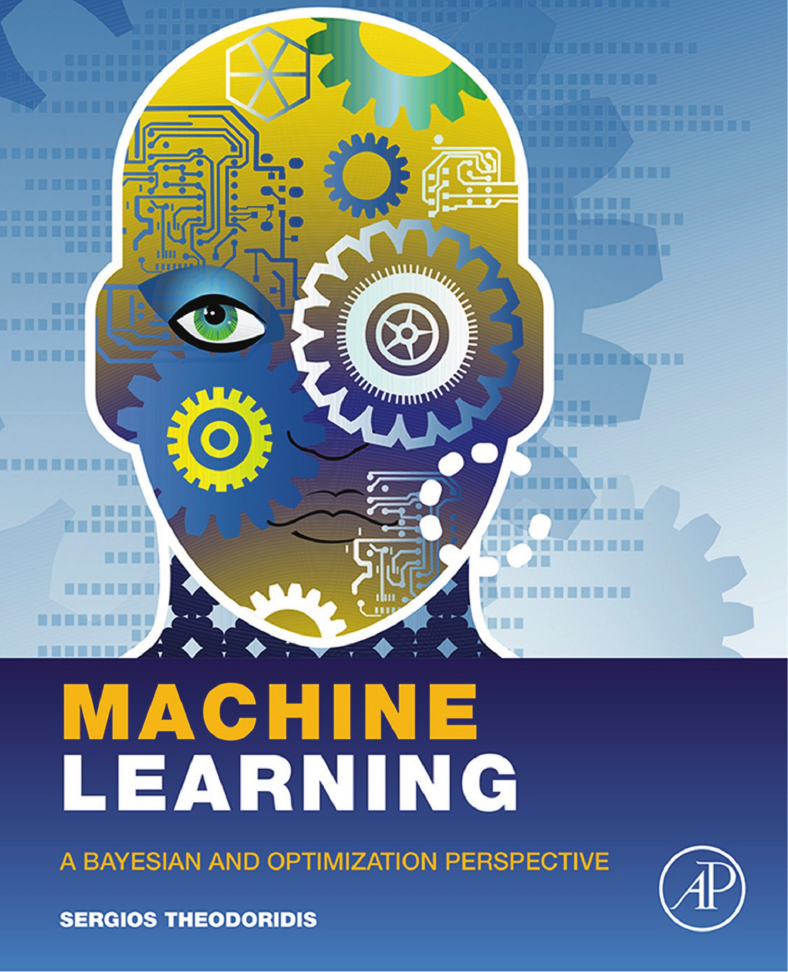
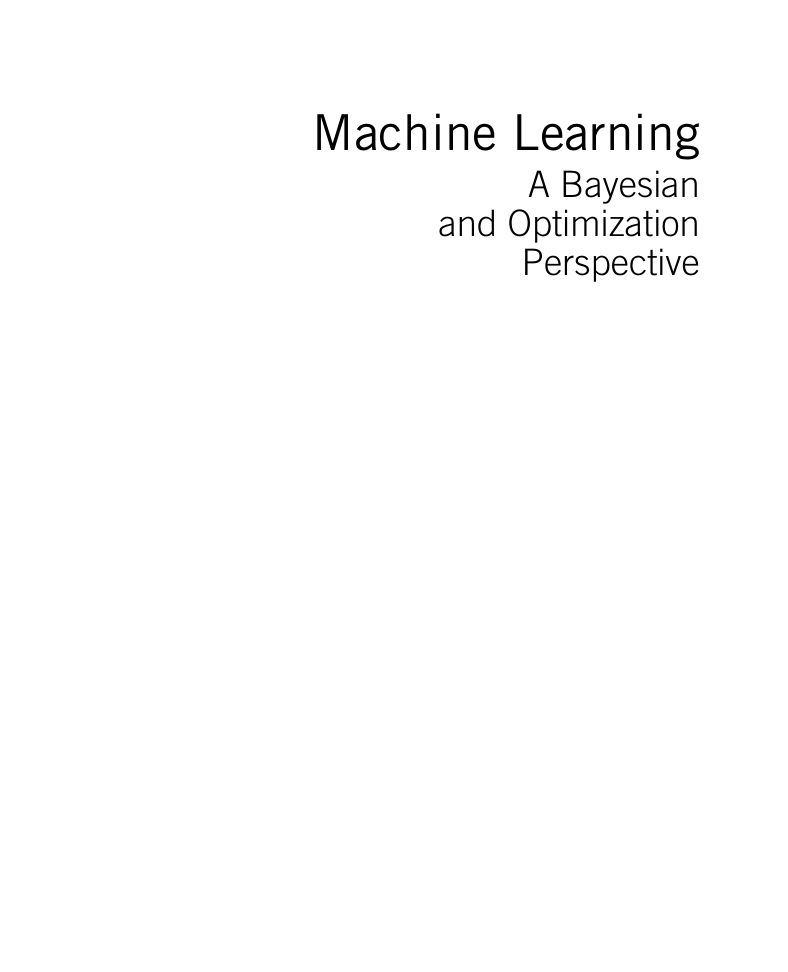

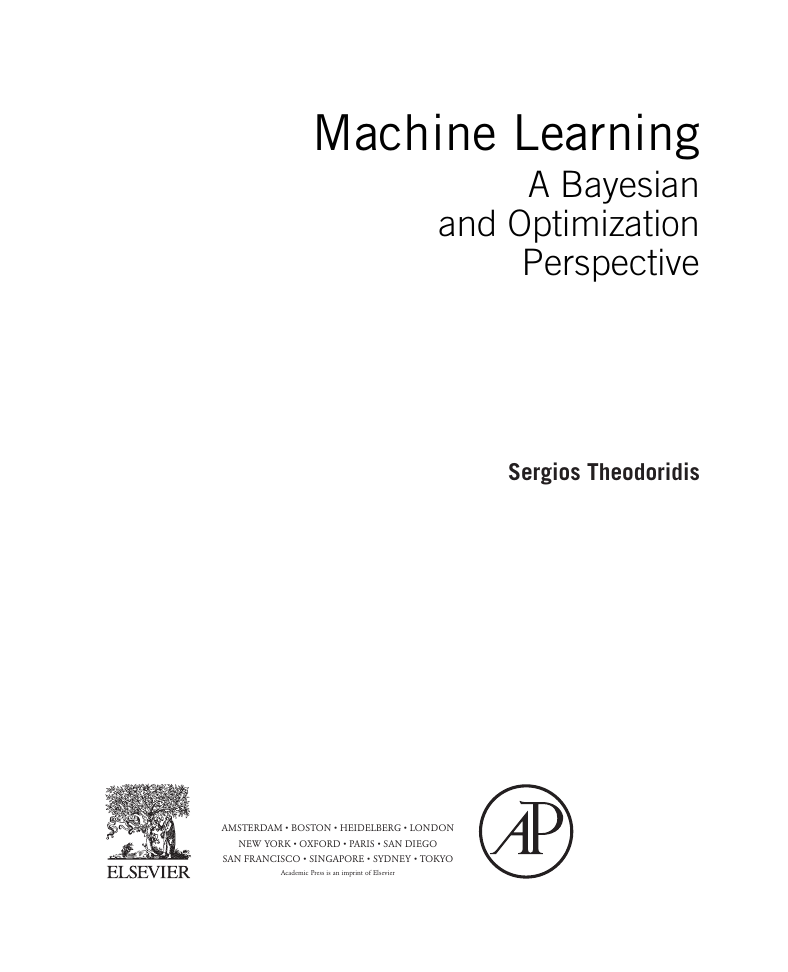
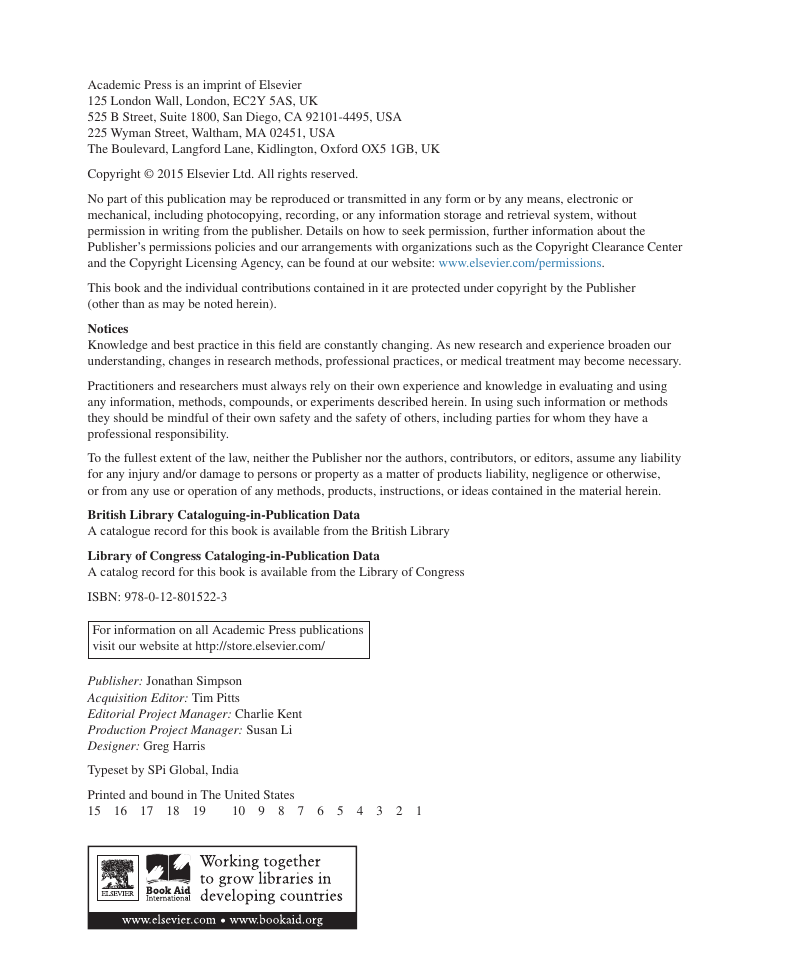

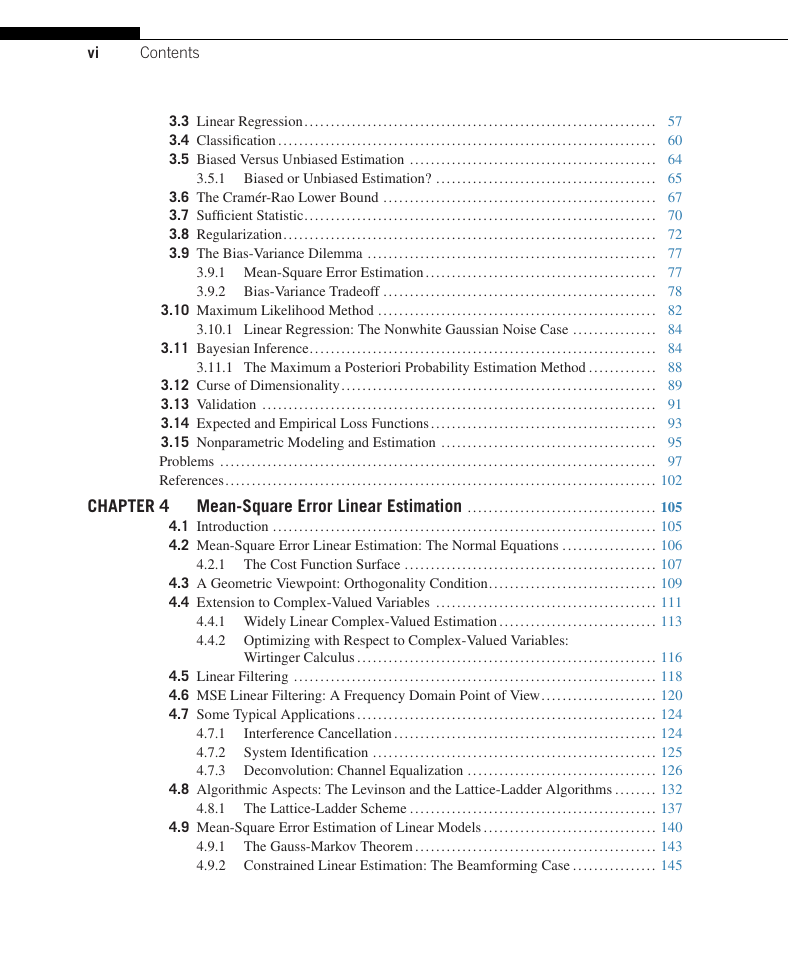
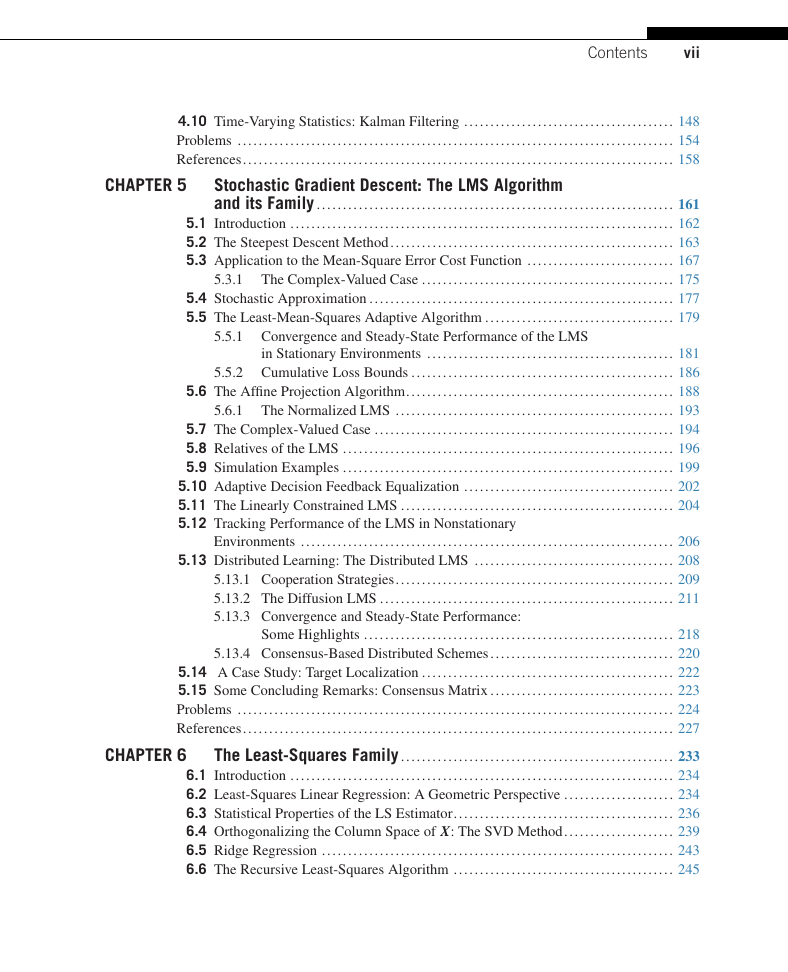








 2023年江西萍乡中考道德与法治真题及答案.doc
2023年江西萍乡中考道德与法治真题及答案.doc 2012年重庆南川中考生物真题及答案.doc
2012年重庆南川中考生物真题及答案.doc 2013年江西师范大学地理学综合及文艺理论基础考研真题.doc
2013年江西师范大学地理学综合及文艺理论基础考研真题.doc 2020年四川甘孜小升初语文真题及答案I卷.doc
2020年四川甘孜小升初语文真题及答案I卷.doc 2020年注册岩土工程师专业基础考试真题及答案.doc
2020年注册岩土工程师专业基础考试真题及答案.doc 2023-2024学年福建省厦门市九年级上学期数学月考试题及答案.doc
2023-2024学年福建省厦门市九年级上学期数学月考试题及答案.doc 2021-2022学年辽宁省沈阳市大东区九年级上学期语文期末试题及答案.doc
2021-2022学年辽宁省沈阳市大东区九年级上学期语文期末试题及答案.doc 2022-2023学年北京东城区初三第一学期物理期末试卷及答案.doc
2022-2023学年北京东城区初三第一学期物理期末试卷及答案.doc 2018上半年江西教师资格初中地理学科知识与教学能力真题及答案.doc
2018上半年江西教师资格初中地理学科知识与教学能力真题及答案.doc 2012年河北国家公务员申论考试真题及答案-省级.doc
2012年河北国家公务员申论考试真题及答案-省级.doc 2020-2021学年江苏省扬州市江都区邵樊片九年级上学期数学第一次质量检测试题及答案.doc
2020-2021学年江苏省扬州市江都区邵樊片九年级上学期数学第一次质量检测试题及答案.doc 2022下半年黑龙江教师资格证中学综合素质真题及答案.doc
2022下半年黑龙江教师资格证中学综合素质真题及答案.doc